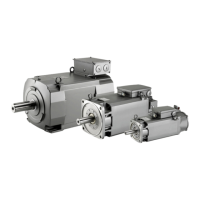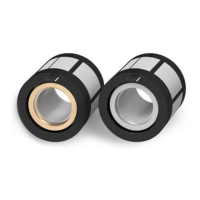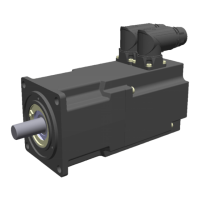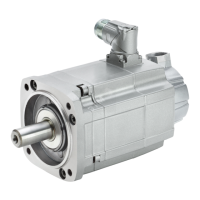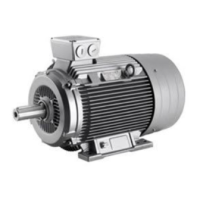Bright surfaces on machine parts
● Use petroleum, petroleum ether, or a similar solvent or detergent to remove the anti-
corrosion coating from the machined surfaces of machine parts and from small components.
NOTICE
Paintwork damage
Make sure that the cleaning agent or solvent does not come into contact with any painted
surfaces, as this could damage the lacquer.
● Use a suitable solvent to soften thick layers of anti-corrosion agent. Then push off the
softened layers using a piece of hardwood (approximately 10 x 10 x 1 cm). Do not sand
the protective coating down or scrape it off.
NOTICE
Do not use metal tools.
Do not use metal objects such as scrapers, spatulas, or plates to remove the anti-corrosion
protection,
as this could damage the surfaces of the machine parts.
● Lightly oil the depreserved surfaces.
Thread and fastening parts
● Remove the anti-corrosion protection from bolts and tapered pins.
● Use the appropriate tap or cutting die to shave the tapped holes of machine parts and
threads of screws, etc. See the drawings for the relevant male and female thread
dimensions.
● Use dry compressed air to purge the shaved tapped holes.
● Lightly oil the depreserved threads.
Burrs and pressure marks
● Check the machine parts, as well as fastening and fixing elements, for burrs or pressure
marks. Use a smoothing file to carefully remove any such burrs/pressure marks.
● Only whetstones may be used to smooth finished surfaces.
Assembly
5.2 Lift the machine to where it will be installed, and position it
SIMOTICS HV M 1RN76308PR900CG0-Z
46 Operating Instructions 07/2018
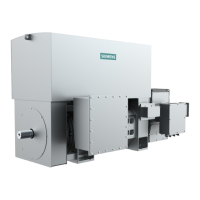
